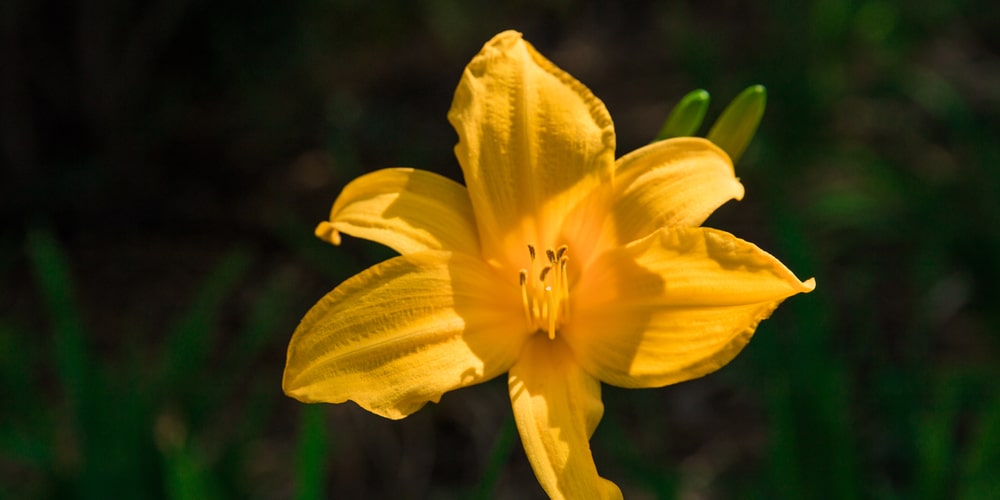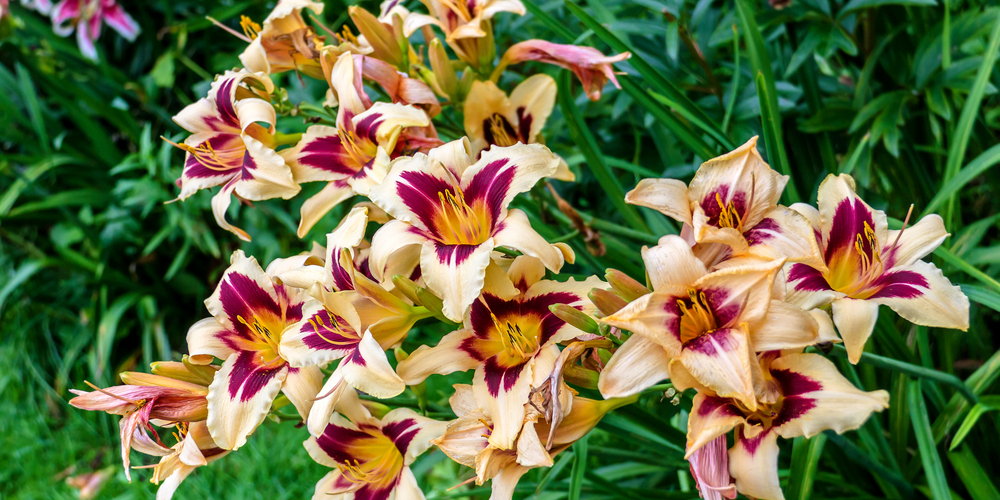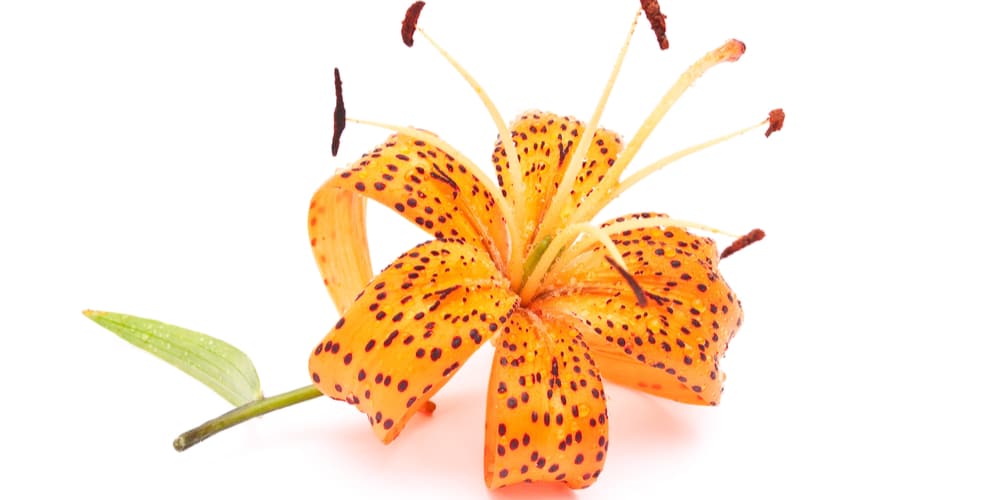If you have lilies in your yard, you definitely enjoy seeing them bloom each year. But what to do when lilies have finished flowering? This can be a difficult question for many gardeners.
In this article, we will take a look at what to do with lilies after they have finished blooming, how to get them to bloom again, and some general tips for lily care. By the end of this article, you will have a better understanding of how to take care of your lilies so that they will bloom year after year.
About lilies

Lilies are a type of perennial flowering plant that belongs to the genus Lilium. There are about 100 different species of lily that can be found all over the world. These plants are known for their large, showy flowers and their pleasant scent.
And since they are relatively easy to care for and they add a beautiful touch to any landscape, it’s no wonder that lilies are popular on many lawns.
What To Do When Lilies Have Finished Flowering
Once your lilies have finished blooming, you will need to deadhead the plant, mulch it, and prune it. Cutting back your lilies is also important as it will keep your plant clean and ready for new growth.
Here is a more detailed explanation of each step:
1. Deadheading
This is the process of removing the spent flowers from the plant. It’s quite an easy process since all you have to do is break off the flower at the base, near the leaves. You can do so by hand or using sterile shears.
When deadheading lilies, it’s imperative to avoid taking off the foliage as the plant needs it to make energy
Deadheading makes your lily plant look neater, but it won’t encourage flowering. That’s in consideration that lilies will flower only once every season.
Removing the spent flowers is, however, beneficial to the plant as it helps it save the energy that it would use to make seeds. This is important especially if you plan on using the same bulbs next season as the lily will use its energy to store food in the bulbs for next year’s growth.
2. Pruning
After deadheading, you will need to prune the plant once they have withered and died back. This will help to encourage new growth for next season. It’s will be crucial to time your pruning correctly, however, as pruning too early can be detrimental to the plant.
Pruning too early will eliminate your plant’s main source of energy (the leaves), which it needs to promote growth and proper flowering during the next season. It’s, therefore, best to wait until the leaves have turned brown and died back before you start pruning.
When pruning, make sure to cut the target stem at the base. Remember to use sharp and sterile shears when pruning your lilies as this will help to avoid the spread of disease. You can disinfect the shears throughout the pruning process by dipping them in rubbing alcohol or vinegar solution.
3. Cutting back the plant
After deadheading and pruning your lilies, you will need to cut back the plant. This means cutting off the entire plant, including the leaves and stems, all the way down to the ground.
You can do this in the fall, as the plant will be preparing for its dormant period. Keep in mind, however, that cutting back the stalks is not paramount.
Some gardeners even prefer to leave the stalks as they provide markings that help them know where the lily bulbs are buried. Once spring comes and you see new growth, you can then proceed to cut back the stalks.
4. Mulching
If you cut back your plants in the fall, then you will need to mulch them. This is important as it helps to protect the plant’s roots from the cold winter weather. It also helps to retain moisture in the soil, which is important for the plant’s growth.
About 4-6 inches of mulch spread evenly across the lily bed should be enough. Allow the mulch to sit until the spring, and after the hard frost is gone. You will want to remember to remove it in the spring as the plant’s new shoots begin to come up. When removing the mulch, see to it that you do that gradually.
Is Dividing Lilies Necessary After Blooming?
You don’t have to divide your lilies after blooming. However, you will want to do that once every three or four years. While this is the common waiting period before dividing lilies, there are varieties that will stay longer. If, however, your plant is exhibiting poor growth and reduced flowering, dividing it might help.
What To Do When Lilies Have Finished Flowering: Concluding thoughts?
After finishing the blooming cycle, it’s important to take care of your lily plant. This includes deadheading, pruning, cutting back the plant, and mulching. While you don’t have to divide your lilies after blooming, doing so every three to four years will help to keep the plant healthy and promote growth.

